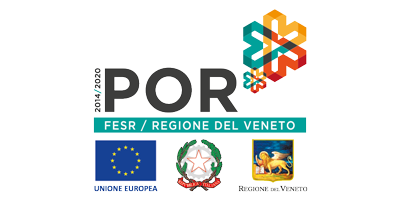Editorials
Income per hectare without comparison with ILSA smart fertilisers
02/10/2018
The efficiency of the fertilisation of wheat, barley, oats and other autumn–winter cereals depends on the knowledge of the needs of the crops, type of administered fertiliser and farm’s economic objectives. Over the years, Ilsa has perfected its nutritional strategy for cereal crops and improved its products, which today allow, at harvest, a higher yield and plus 15% average return compared to the results of conventional fertilisation practices. Furthermore, also the crops’ protein values, specific weight and gluten content are exceptional. Wheat requires adequate nitrogen and phosphorus in the first stages of its development for as long as possible. Traditional fertilisation practice involves the application of mineral fertilisers in the pre-seeding phase, but it is pivotal to consider the real nitrogen needs of the crop in the early stages after sowing that are low.
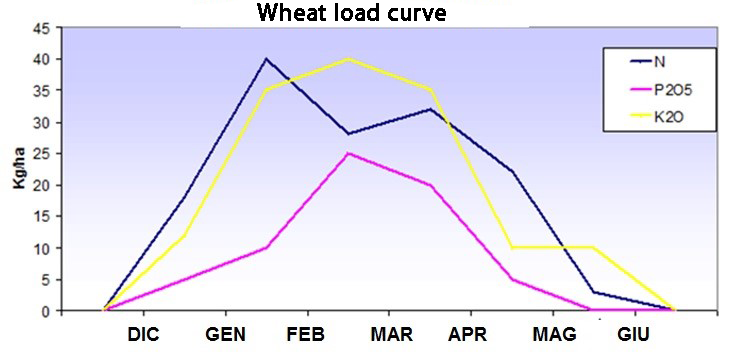
In fact, the nitrogen uptake increases after the “emergency” stage. The case is the same for phosphorus, which becomes strategic above all from the tillering stage. It is, therefore, necessary to prolong the availability of these two minerals, particularly phosphorus, as it is subject to retrogradation very soon, a phenomenon that immobilises it in the soil and does not make it more available to crops. Sub-alkaline or sub-acid soils accentuate this phenomenon, as well as neutral but poorly organic soils.
This is why Agrogel, a hydrolysed gelatin for agricultural use exclusively produced by Ilsa, is strategic: it maintains the available nitrogen and phosphorus in the soil for a longer period and administers them gradually, according to the real needs of the crop.
Agrogel, based on nitrogen and organic carbon, contains complex nitrogen and phosphorus, which are slowly and effectively released. Thanks to Agrogel, Ilsa has created two effective fertilisers for pre-seeding applications: Azoslow NP 12-20 and Granosano Evo NP 6-16. The former is ideal for applications in conventional farming, and the latter is also accepted in organic farming.
The balanced ratio of nitrogen and phosphorus, with doses of 300 kg/ha, allows the application of the right quantities of these two minerals from the early stages of plant growth up to the preparation, positively stimulating rooting and initial vegetative growth. Thanks to the presence of organic substance and sub-acid pH of the two products, phosphorus remains available for more time to the plants, delaying the phenomena of retrogradation. Also, the nitrogen present in the protein form is not lost by leaching but remains in the ground, also complexing mineral forms, thus allowing multiple advantages: effective nutrition, respect for the environment (because it is not lost in depth) and zero economic waste for the farmer.
Last year’s results confirm Ilsa’s effectiveness. Both in conventional and organic farming, those farmers who have followed the Ilsa strategy have obtained an average of 15% more revenues than the company thesis.
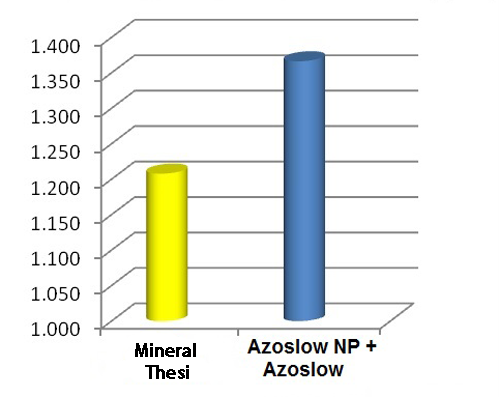
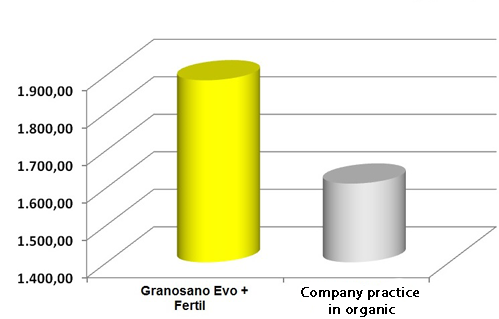
Graphs indicating the results in economic terms of the two tests carried out in the province of Modena, both in conventional and organic farming ( Left graph: mineral fertilisers compared to Azoslow NP + Azoslow; Right graph: Granosano Evo + Fertil compared to traditional organic farming fertilisation).



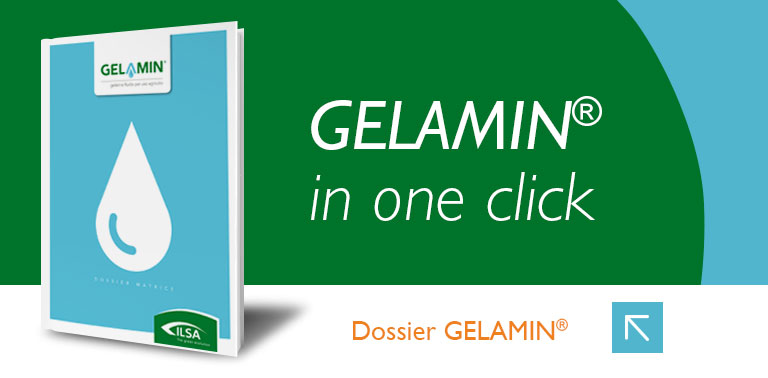
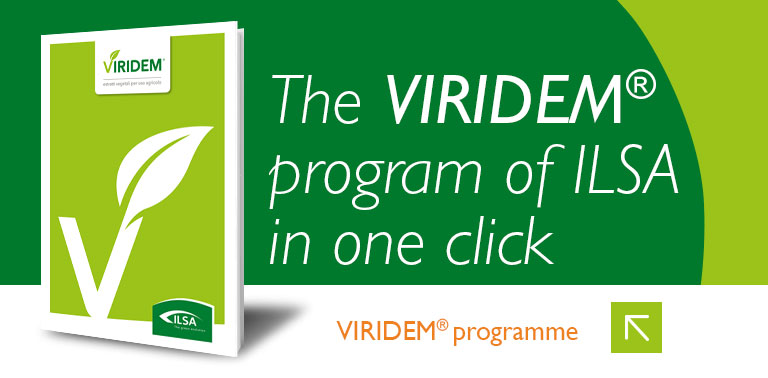
.png)
